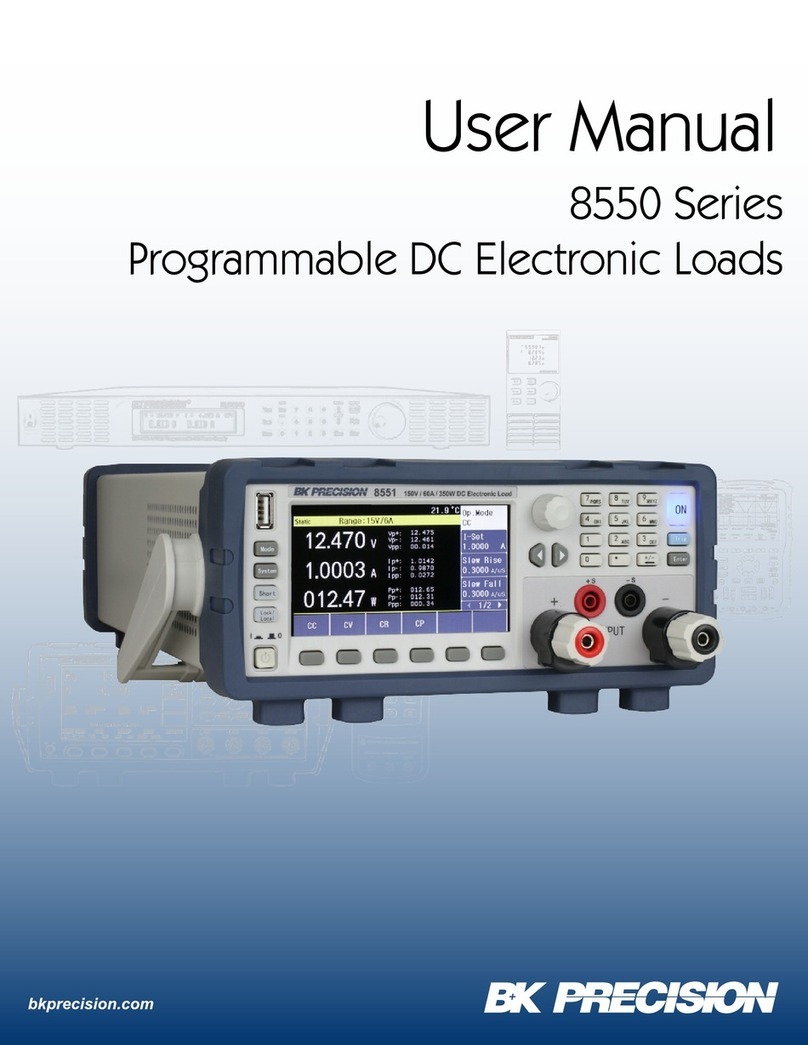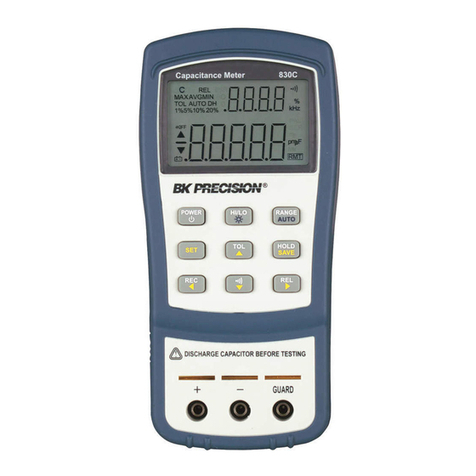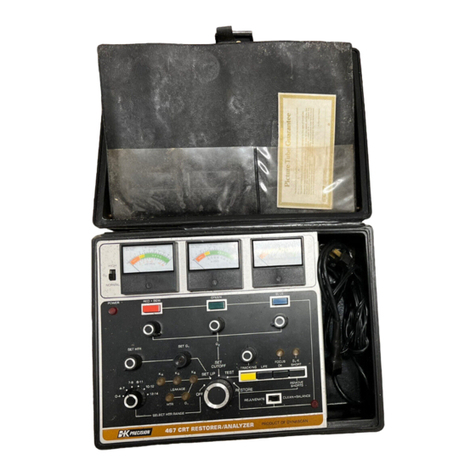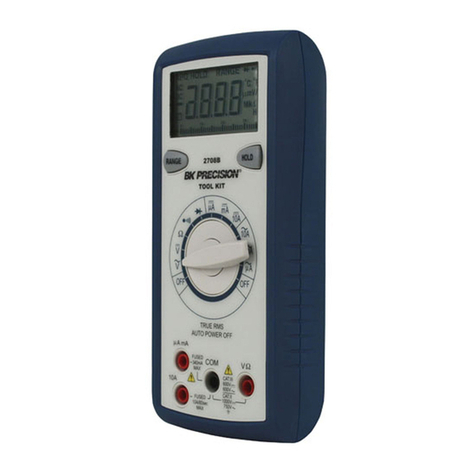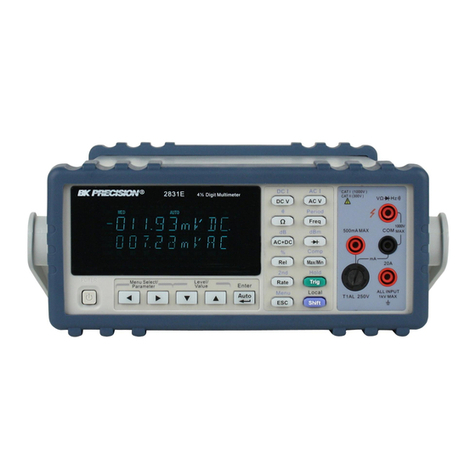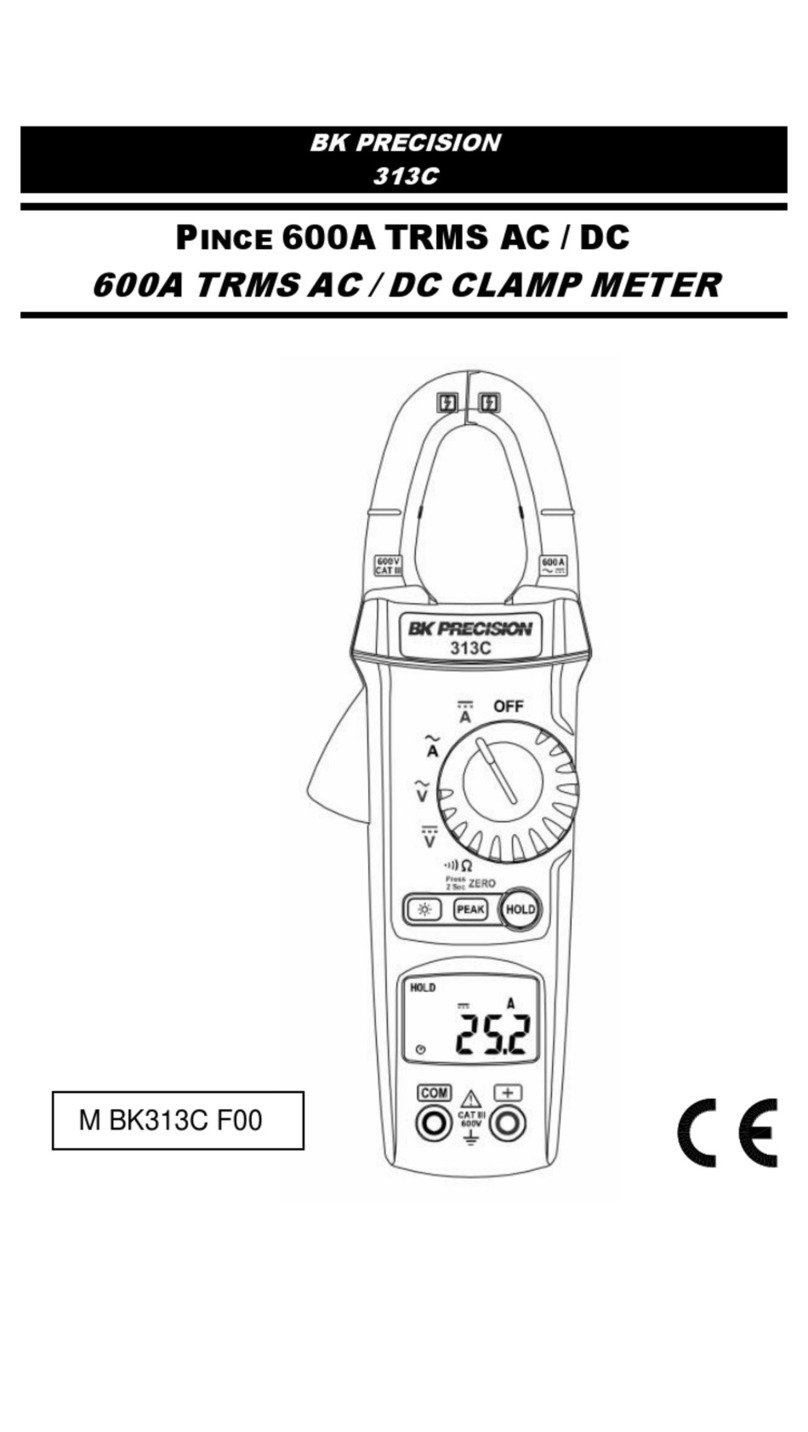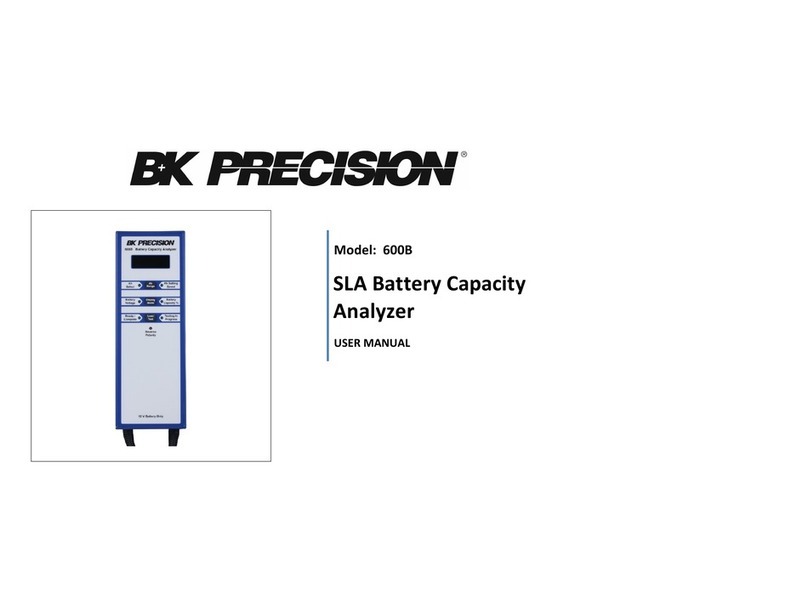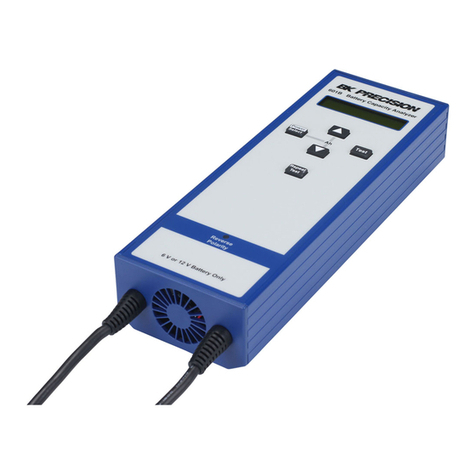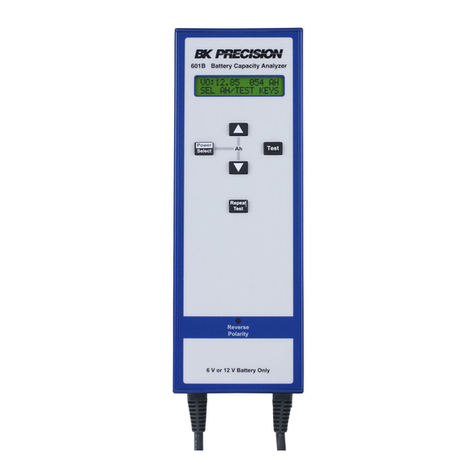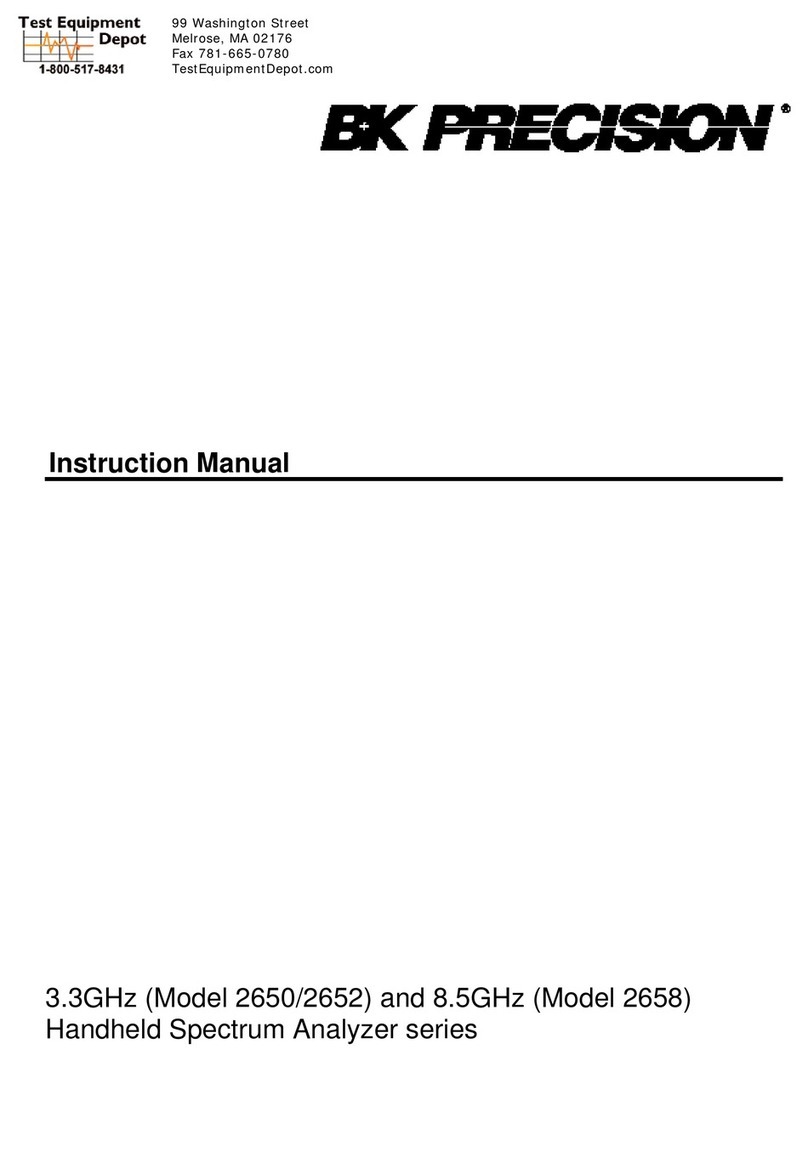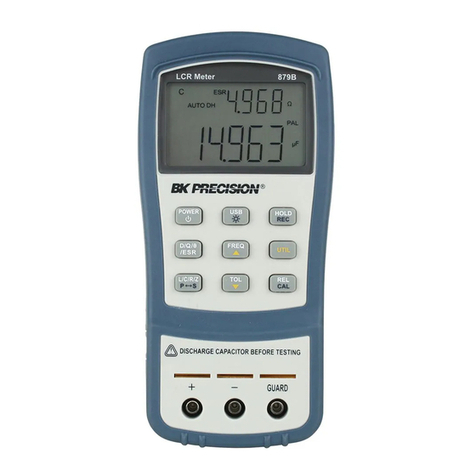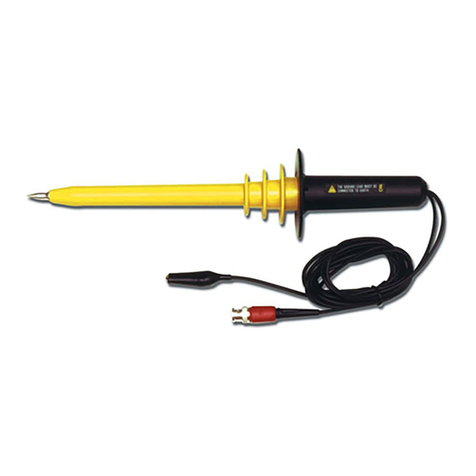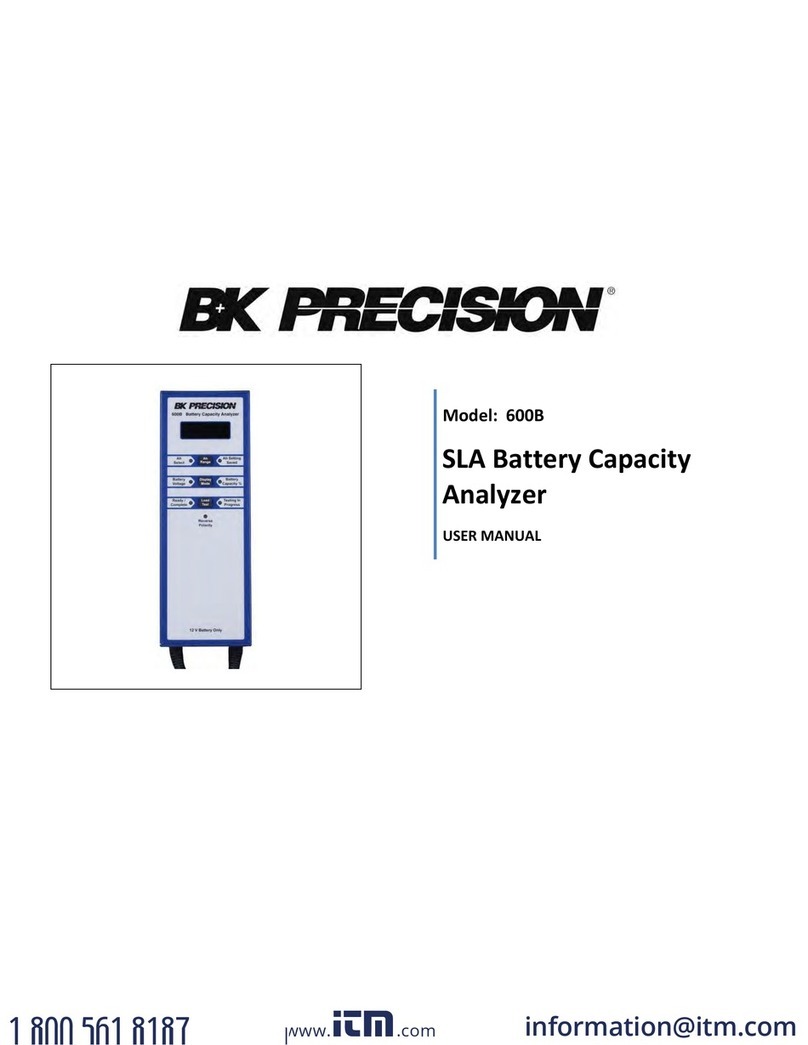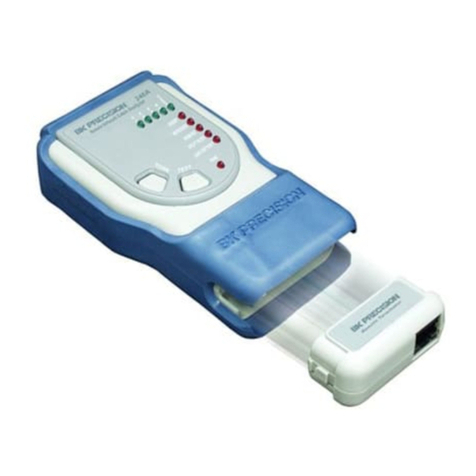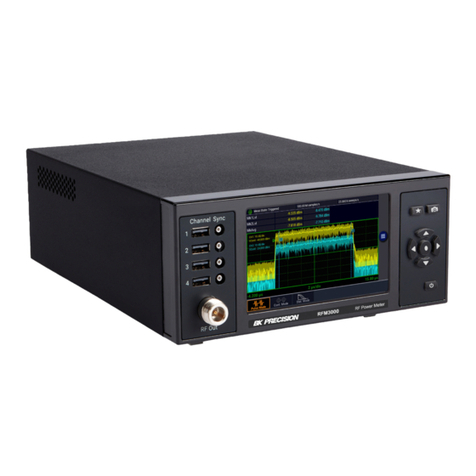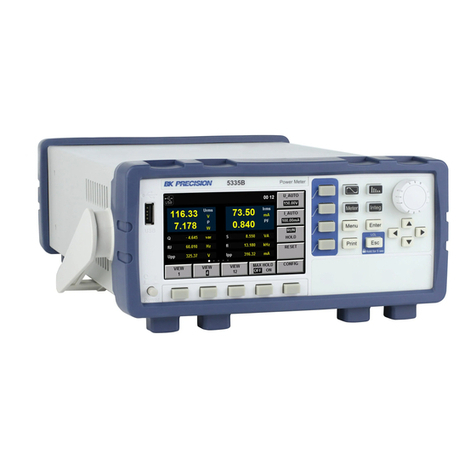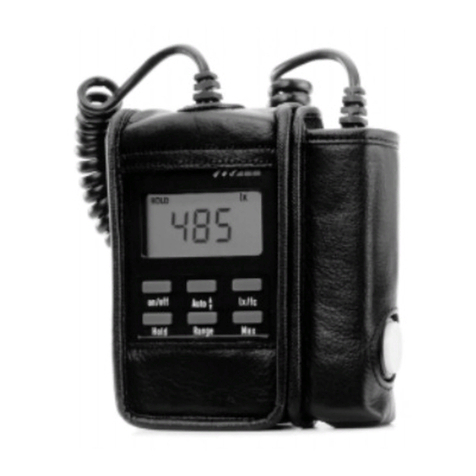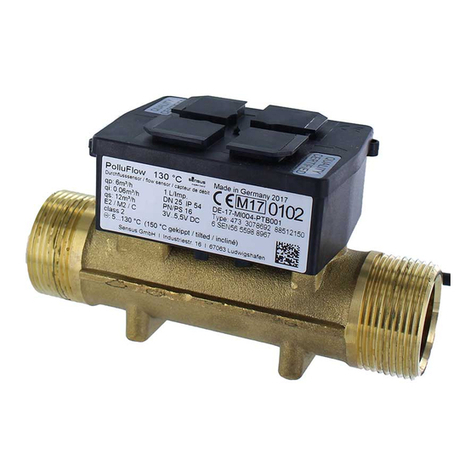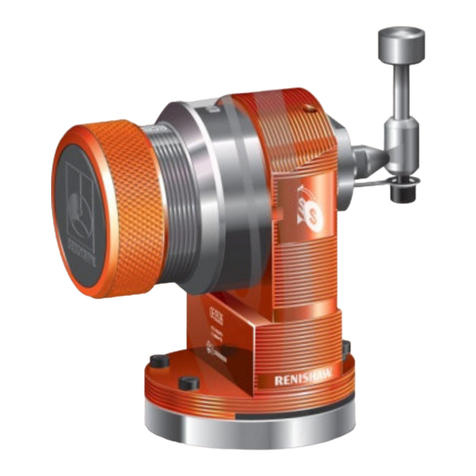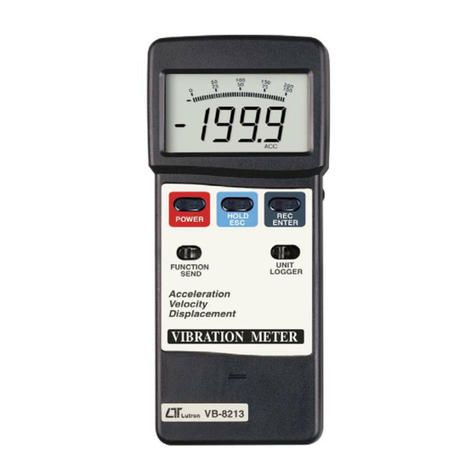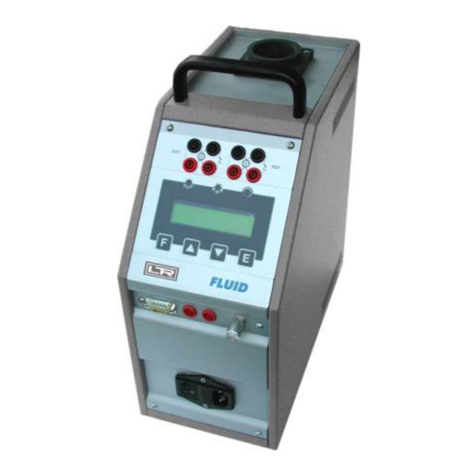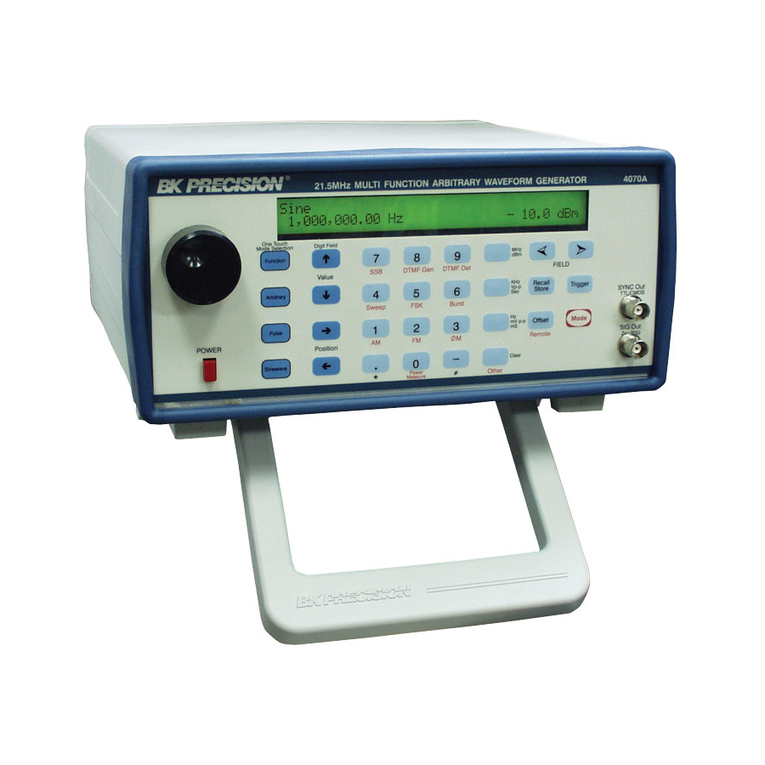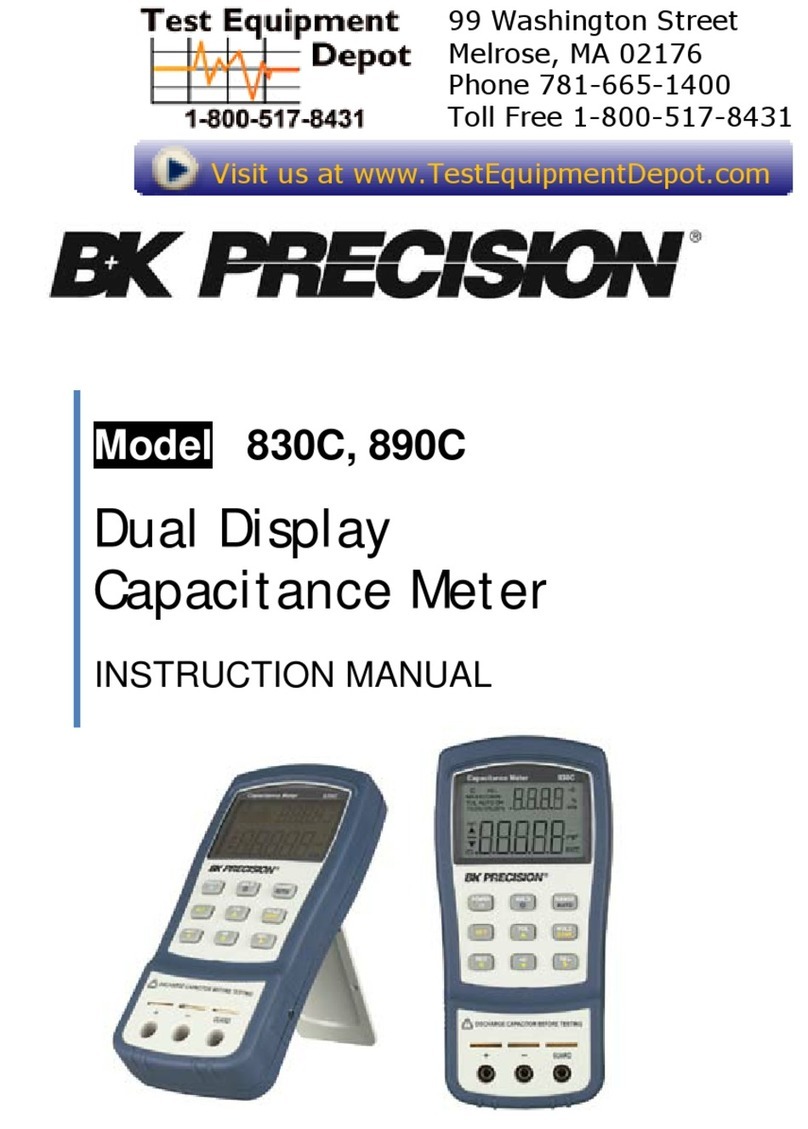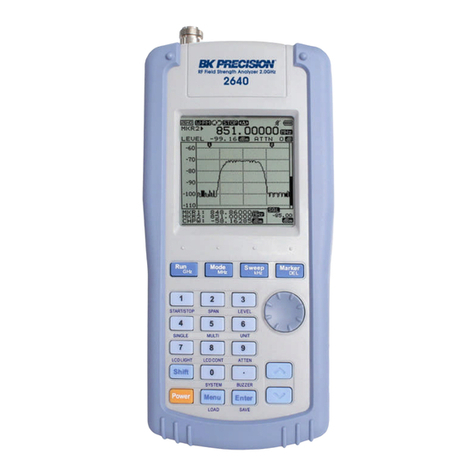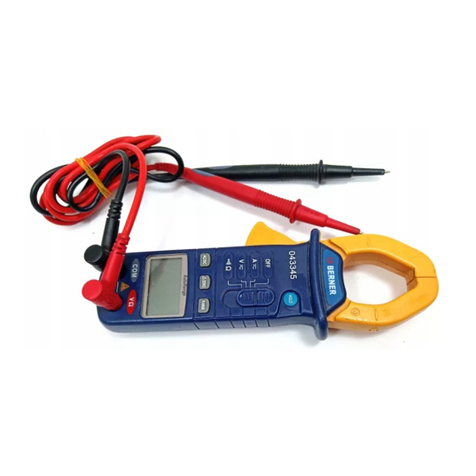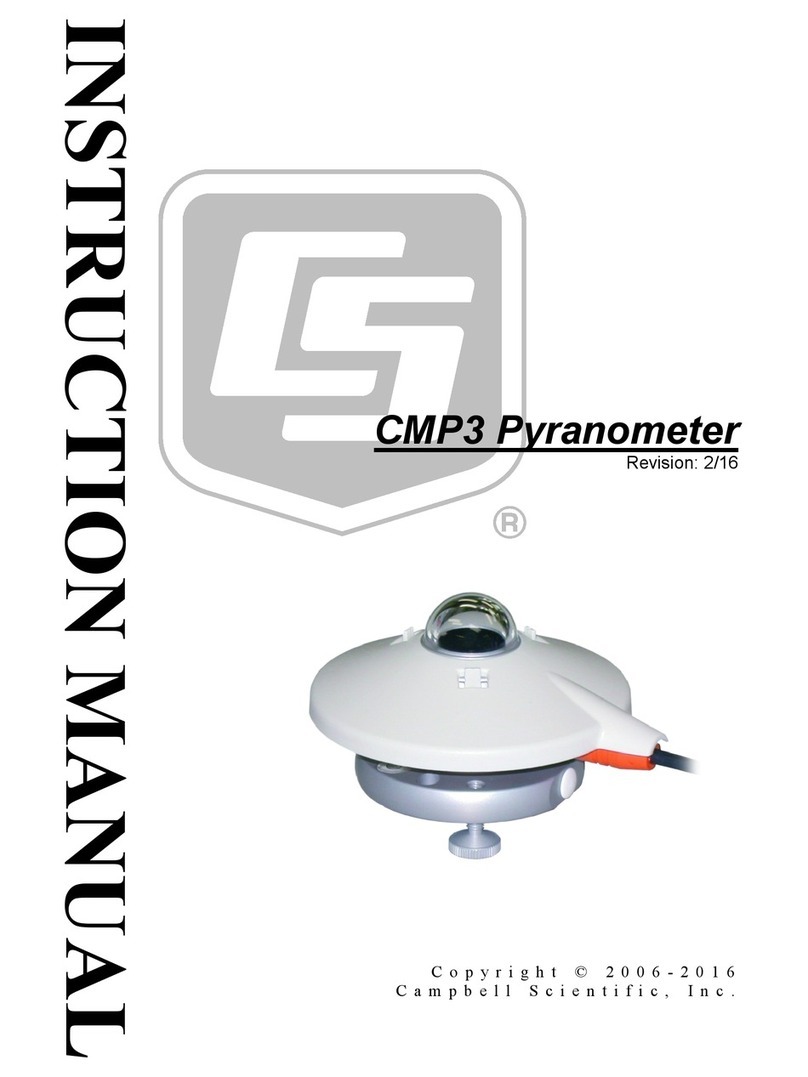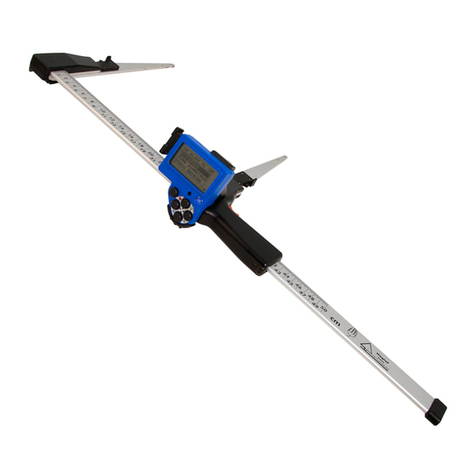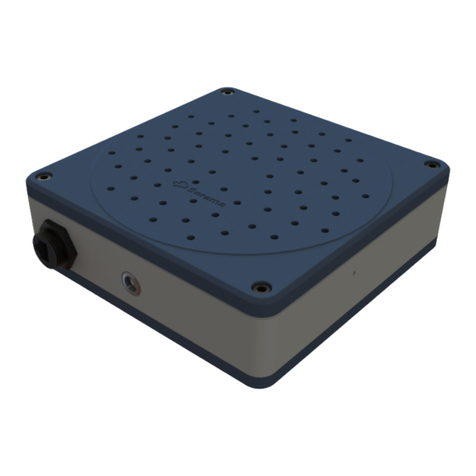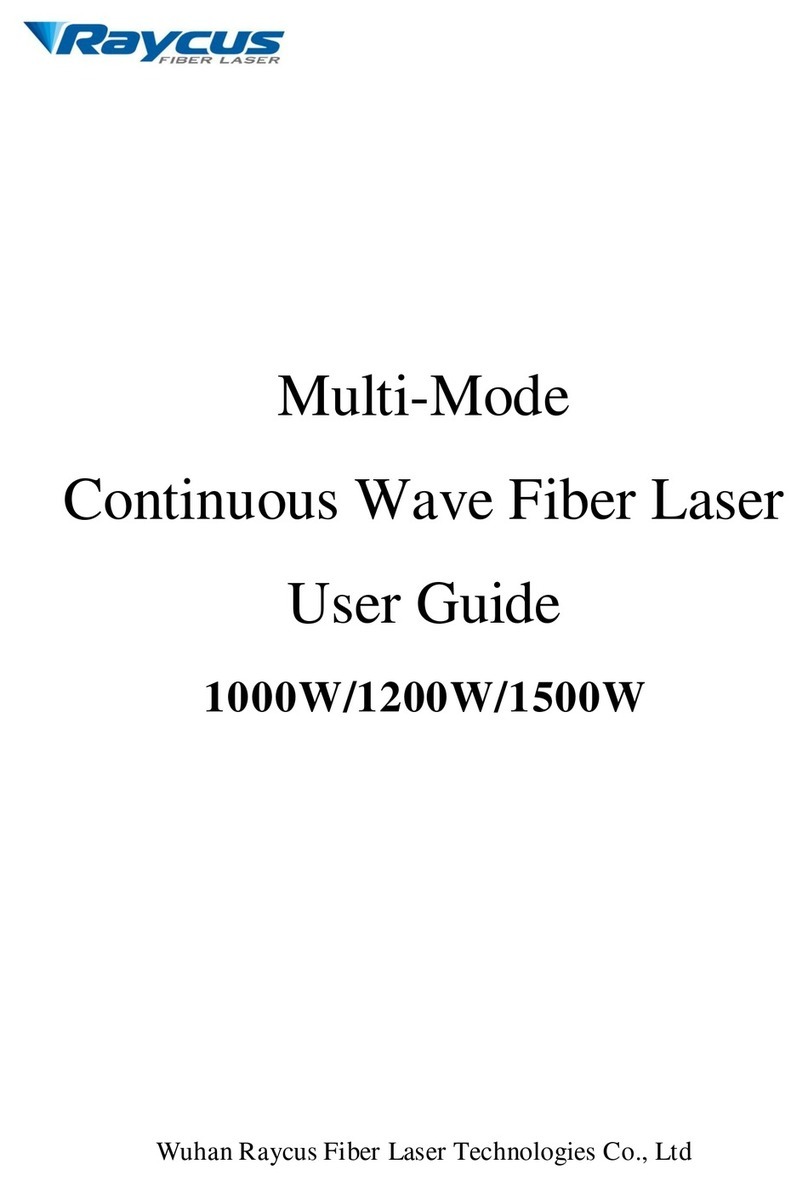
OPERATING
INSTRUCTIONS
INITIAL STARTING PROCEDURE
l. SetPOWER
ILLUM control
(3) to OFFposition(fully
counterclockwise).
2. Plug the AC line changer
(32) into the position that
correspondsto the AC line voltage from which the
oscilloscopewill beoperated
asfollows: (This informa-
tion also
appearsonalabelonthebackof theunit.)
ACUNE CHANGER
FOSITION
100v
120
v
220V
240V
AC UNE VOLTAGE
100
V,+I0Vo
105V to130V
220V,!tO%
240
v, +lovo
3. Connect
AC power
cord (34)to theAC linereceptacle
(33),then
to a50/60
HzAC power
outlet.
4. Set CH A POSITION
control (27), CH B POSITION
control (17) and <> POSITION
(8) to thecenters
of
theirranges.
5. Press
theAUTO LEVEL pushbutton(l l),leavingit in
the AUTO position.
6. Set CH A DC-GND-AC switch (25) and CH B
DC-GNDACswitch
(19) to theGND positions.
7. Set the MODE switch (22) to the CH B position for
single-trace
operation or the DUAL position for dual-
traceoperation.
8. Turn on oscilloscope
by rotating the POWER/ILLUM
control (3) clockwise.It will "click" on and
pilot lamp
(4) wil light. Turn control clockwise to the desired
scale
(2) illumination.
9. Wait a few seconds
for thecathoderaytube(CRT) to
warm up. A trace
(two traces
if operating
in the DUAL
mode)should
appearon thefaceof theCRT.
10. If no trace appears,
increase
(clockwise) the IN-
TENSITY control (30) settinguntil the traceis easily
observed.
I l. Adjust FOCUScontrol (29) and INTENSITY control
(30) for the thinnest,sharpest
trace.
12. Readjust position controls (8), (27) and (17) if
necessary,to center
the traces.
13. Check for proper adjustment
of ASTIG control (28),
CH A andCH B ATTEN BAL controls
(41) and(40),
and CH A and
CHB DCBAL controls
(a2) and
(39) as
describedin the MAINTENANCE AND CALIBRA-
TION portion of this manual. These adjustments
requirecheckingonly periodically.
The oscilloscope
is now ready for making waveform
measurements.
t2
CAUTION
Never allow a small spot of high brillianceto
remain
stationary
on the screenfor more thana
few seconds.The
screen
maybecome
permanently
burned. Reduceintensity or keep the spot in
motion
bycausingit tosweep.
SINGLETRACE WAVEFORM
OBSERVATION
Either Channel A or Channel B can be used for
single-trace
operation.
Theadvantageof using
Channel
Bis
that the polarityof the observed
waveform
can
beinverted
if desired,
with cH B P0LARITY switch (16). For
convenience,Channel B is used in the following in-
structions:
l. Performthe steps
of the "lnitial Starting
Procedure"
with the MODEswitch(22) in theCH B position.
Then
connecttheprobe
cable
to theCH BINPUT
jack(18).
Thefollowing
instructionsassumetheuseof theB& K-
hecisionModelPR-36
combination
probes.
2. For all except low-amplitude
waveforms,
the probes
are set for l0: I attentuation.For low-amplitude
waveforms
(below 50 mV peak-to-peak),
set
theprobe
for DIRect. SeeFig. 3 for changingthe probes
from
l0:l to DIRect,or vice versa.
The probehasa l0
megohm input impedancewith only l8 pF shunt
capacitance
in the l0:l positionand I megohmwith
120
pF shuntcapacitance
in the DlRect position.
The
higher
input impedance
(low-capacity
position)
should
beusedwhenpossible,
to decrease
circuitloading.
3. Set CH B DC-GND-AC
switch(19) to AC for measur-
ingonly theAC component
(thisisthenormal
position
for mostmeasurements
and mustbe used
if the point
beingmeasured
includesa largeDC component).
Use
the DCpositionfor measuring
both theAC component
and the DC reference,
and any time a very low
frequencywaveform(below l0 Hz) is to be observed.
The GND position
is required
only whena zero-signal
ground reference
is required,suchasfor DC voltage
readings.
4. Connect
ground
clip of probeto chassis
ground
of the
equipmentunder
test.Connectthetip of the
probe.to
the point in the circuit wherethe waveform
is to be
measured.
WARNING
a. If the equipment under test is a trans-
formerless
AC powered
item, usean isolation
' transformerto prevent dangerouselectrical
shock.
b. The peak-to-peak
voltage at the point of
measurement
should
notexceed
600
volts.
5. SetCH B VOLTS/CM
switch
(20) and
the
VARIABLE
control
(21) to a position
that gives
2 to 6cm
(two to
six largesquares
on the scale)
vertical
deflection.
The




















